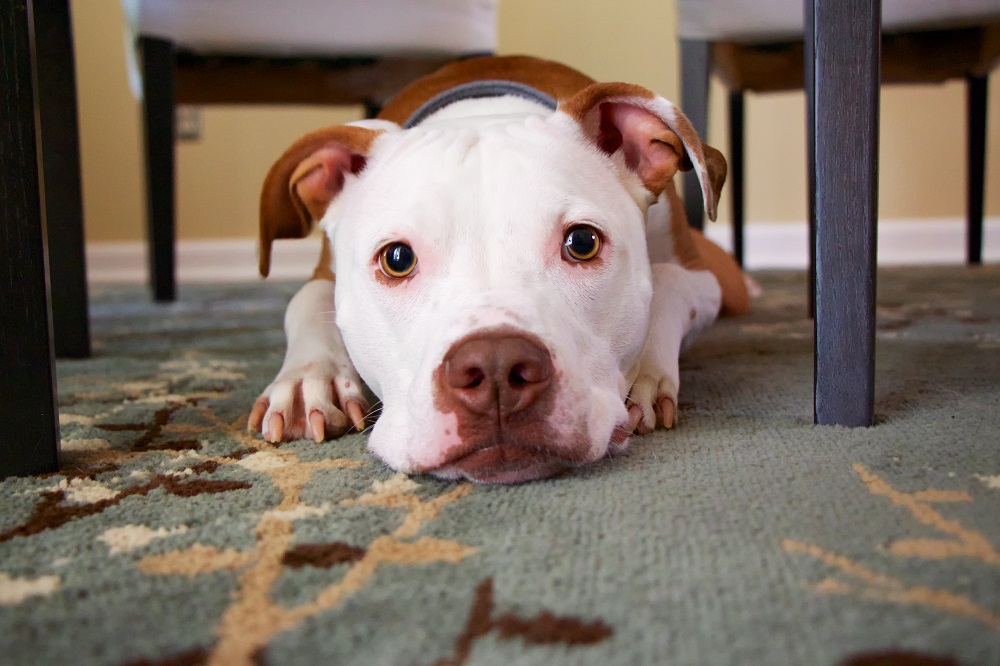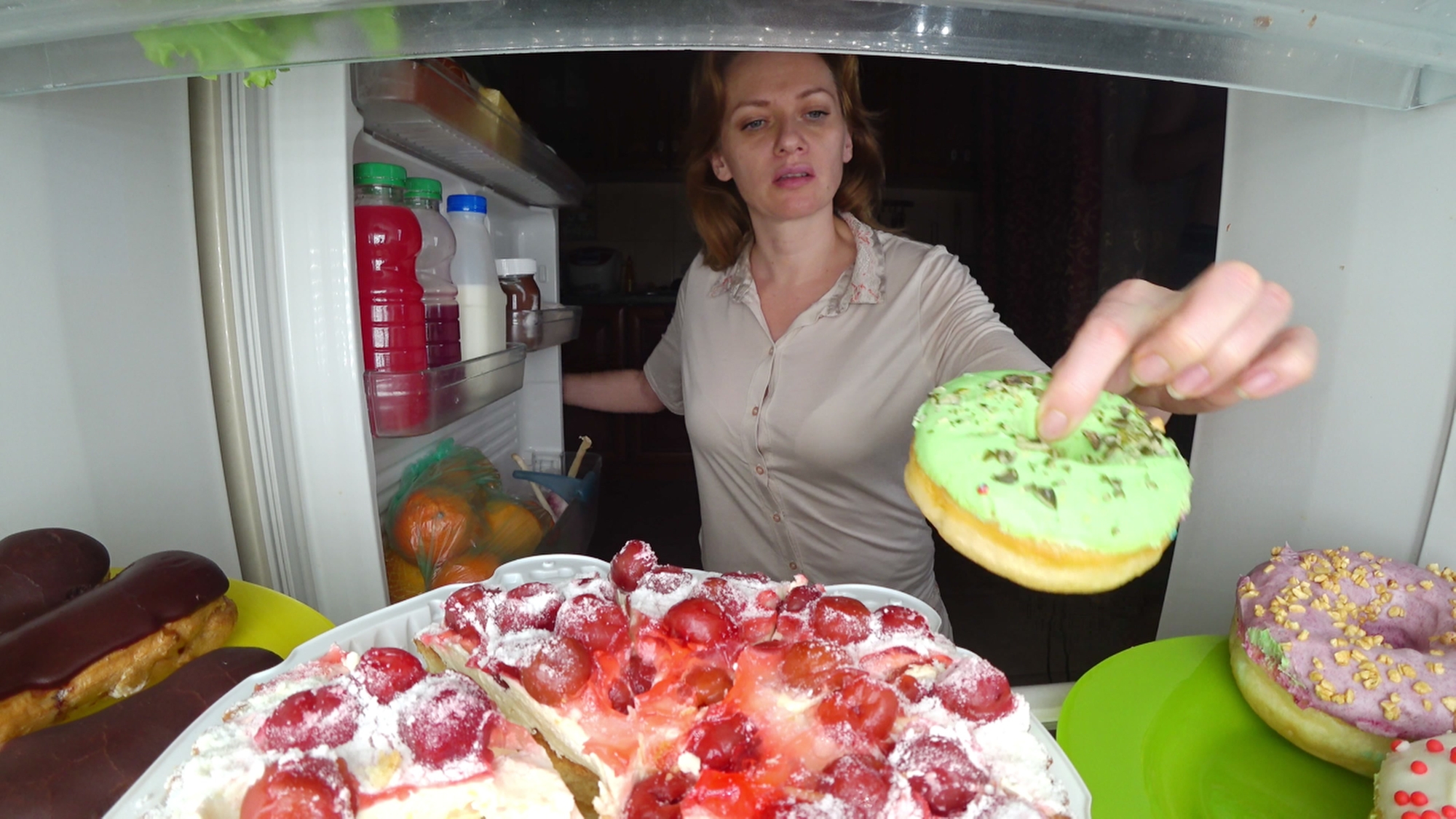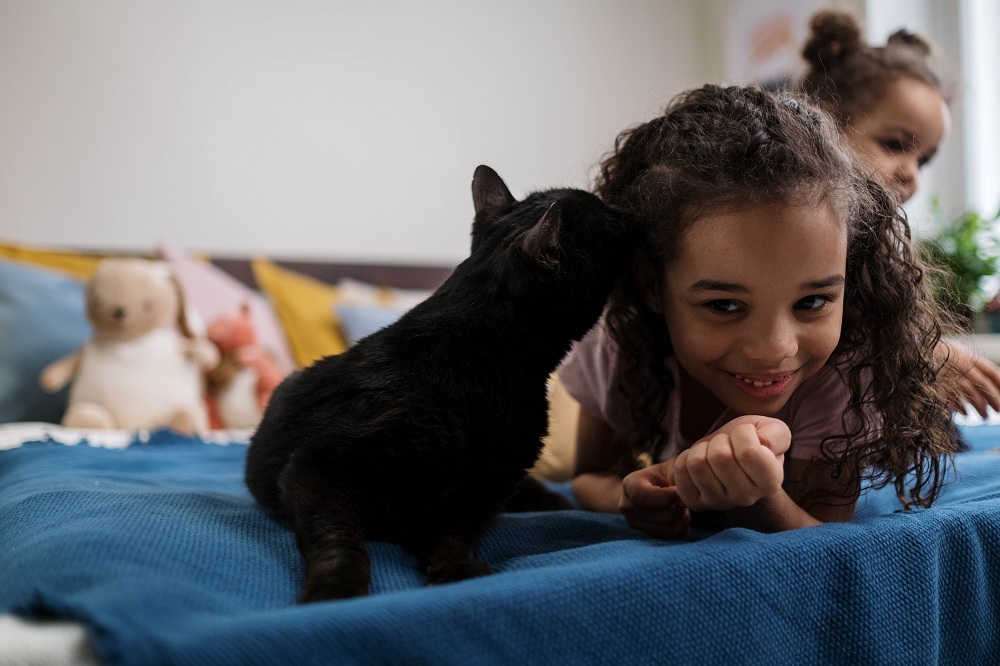As a member of the family, our pets feel changes in our life and routine (just like our kids!). Often these changes can cause separation anxiety in pets and can lead to behavioural issues. As life in Australia continues to return to normal and we’re spending more time away from home, it’s not always possible to bring our pets along.
If you notice signs of separation anxiety in your pet, don’t ignore it – separation anxiety usually gets worse if left untreated.
Signs to watch for
- Increased barking, howling, whining
- Destructive behaviour (scratching doors & floors)
- Self trauma (licking/chewing feet or limbs)
- ‘Velcro dog’ (attached to a person/s)
- Having ‘accidents’ when house-trained
- Signs present as you prepare to leave (getting keys, coats ready etc)
- Attempting to escape when owner isn’t home
Changes in environment or routine can cause separation anxiety in our pets. These common changes can induce separation anxiety:
- Recent move
- Death of another pet
- Left alone when used to constant human company (Working from home!)
- Change in schedule/routine
- Change of ownership
- Family change (new family member/death in the family)
- Genetics, some pets are born to anxious parents and are more likely to suffer from anxiety
It’s no wonder that more pets are experiencing separation anxiety as restrictions are lifted.
Our pets have spent so much time with us in close quarters during the pandemic, it’s natural to find the changes in our routine uncomfortable.
For families with ‘covid pets’ (pets who joined the family during the pandemic), this might be the first time these pets are spending so much time alone.
Often a combo of behaviour changes and medications are required to best support pets with anxiety. However, medication alone is never the solution. Try some of the behaviour modifications listed below to reduce stress in your pet and if symptoms persist, talk to Vets on Call about how to help your pet.
Behaviour Modifications to help your pet
- Get a vet assessment – some medical conditions can appear as separation anxiety let’s rule these out. The great benefit of a home vet like Vets on Call is assessing the pet in their natural habitat.
- Exercise your pet before leaving them alone. This should help your pet relax and rest while you’re away from home.
- Puppies need toys to keep them occupied, especially when they are teething.
- Leave your pets a recently worn piece of clothing that smells like you. This will provide comfort to your pet while you’re away.
- Try a midday visit from a friend, neighbour or dog walker! This isn’t the right answer for all pets as it may induce stress. See how your pet responds to this and work from there.
- Food dispensing machine & puzzle toys. These items can reduce stress levels and encourage play and problem solving without human help.
- Create a pet ‘safe haven’ where your pet can find refuge when you’re out. Associate this area with treats and rewards, even when you’re still at home.
- Leave classical music and audiobooks on when you leave. These can have a soothing effect – however, avoid talkback radio & tv as these can be stimulating.
- Teach ‘Go To’ command so your dog retreats to bed to relax. Begin training while you stay in the room and gradually increase the distance between you and the bed. Make sure this is fun for your pet, lots of treats and praise – and take your time.
Concerned your pet is suffering from separation anxiety? Begin implementing behaviour modifications and get the whole family onboard. The symptoms of separation anxiety can be irritating, especially if your pet is barking more or having accidents indoors, but it’s important that we understand that our pets could be going through a lot of change and they need our help. As vets, we see these issues all the time and can provide advice on your pet’s individual case.
Vets on Call is a full service at-home veterinary service, making vet care easier and more convenient for busy families. Visit www.vetsoncall.pet for more information.







